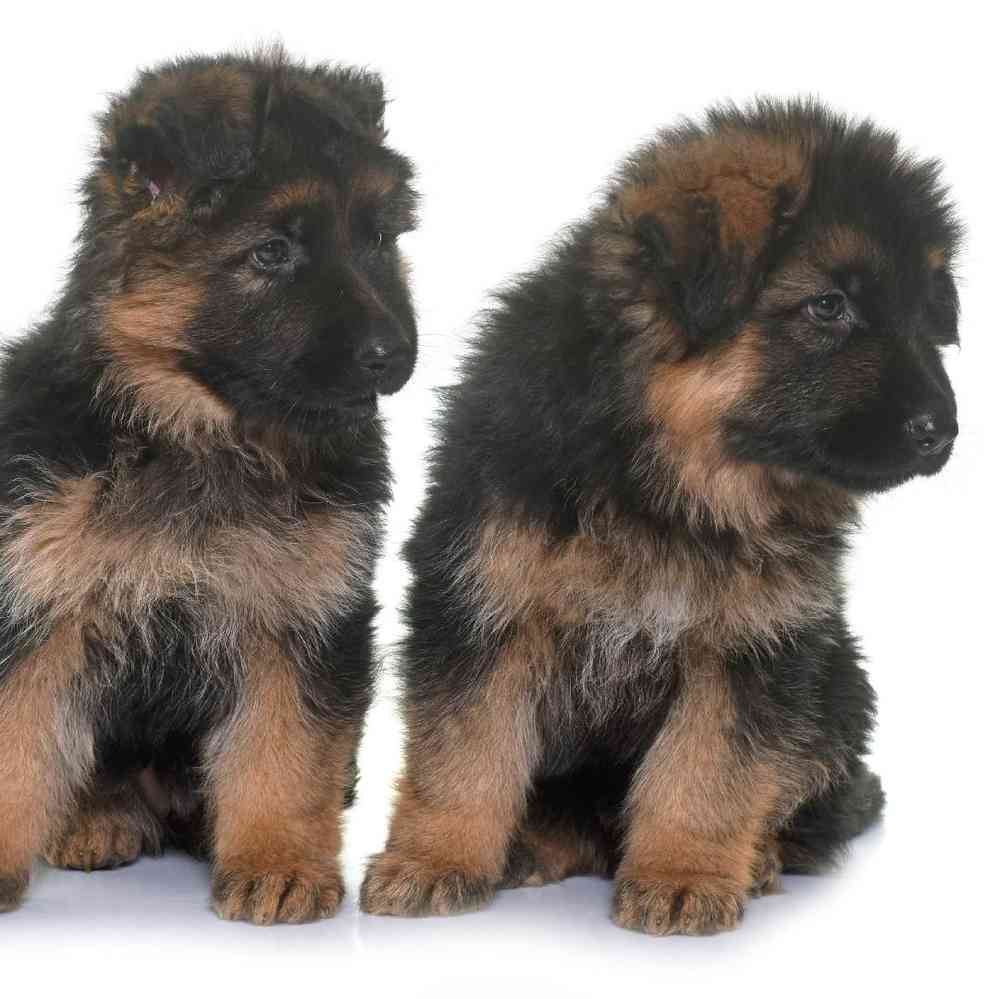
Generally considered dogkind’s finest all-purpose worker, the German Shepherd Dog is a large, agile, muscular dog of noble character and high intelligence. Loyal, confident, courageous, and steady, the German Shepherd is truly a dog lover’s delight.
Ace the Bat-Hound regularly appeared in the Batman comic books from 1955-1964. Strongheart the German Shepherd was one of the earliest canine film stars, appeared in a 1925 adaptation of White Fang and has a star on the Hollywood Walk of Fame. Rin Tin Tin, star of film, TV and radio, is celebrated as being the "most famous German Shepherd" and has a star on the Hollywood Walk of Fame.
The first impression of a good German Shepherd Dog is that of a strong, agile, well muscled animal, alert and full of life. It is well balanced, with harmonious development of the forequarter and hindquarter. The dog is longer than tall, deep-bodied, and presents an outline of smooth curves rather than angles. It looks substantial and not spindly, giving the impression, both at rest and in motion, of muscular fitness and nimbleness without any look of clumsiness or soft living. The ideal dog is stamped with a look of quality and nobility--difficult to define, but unmistakable when present. Secondary sex characteristics are strongly marked, and every animal gives a definite impression of masculinity or femininity, according to its sex.